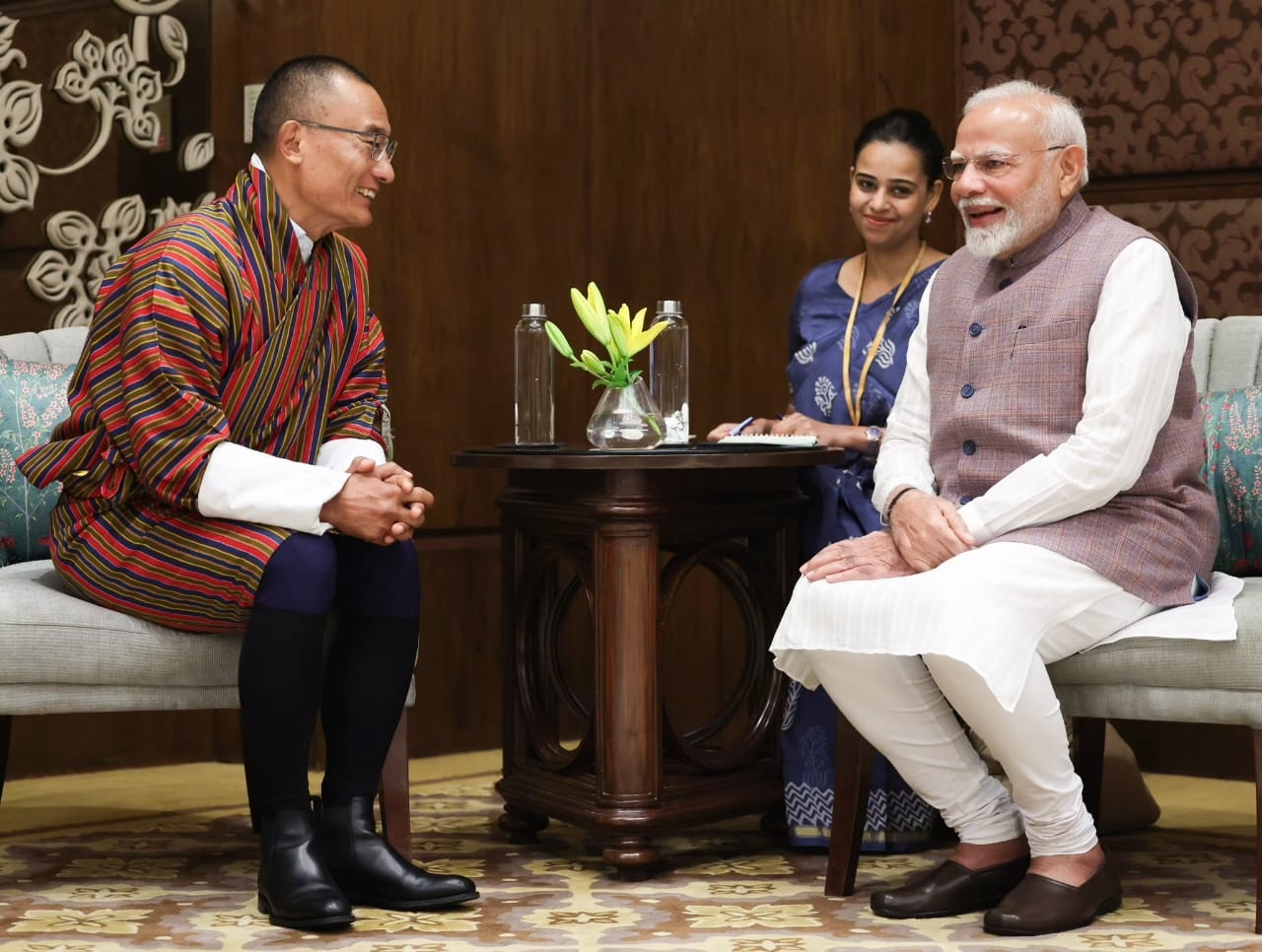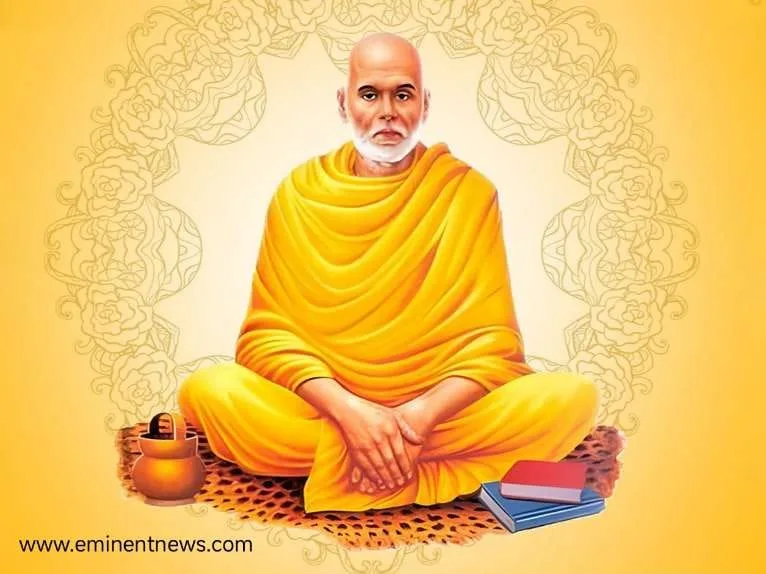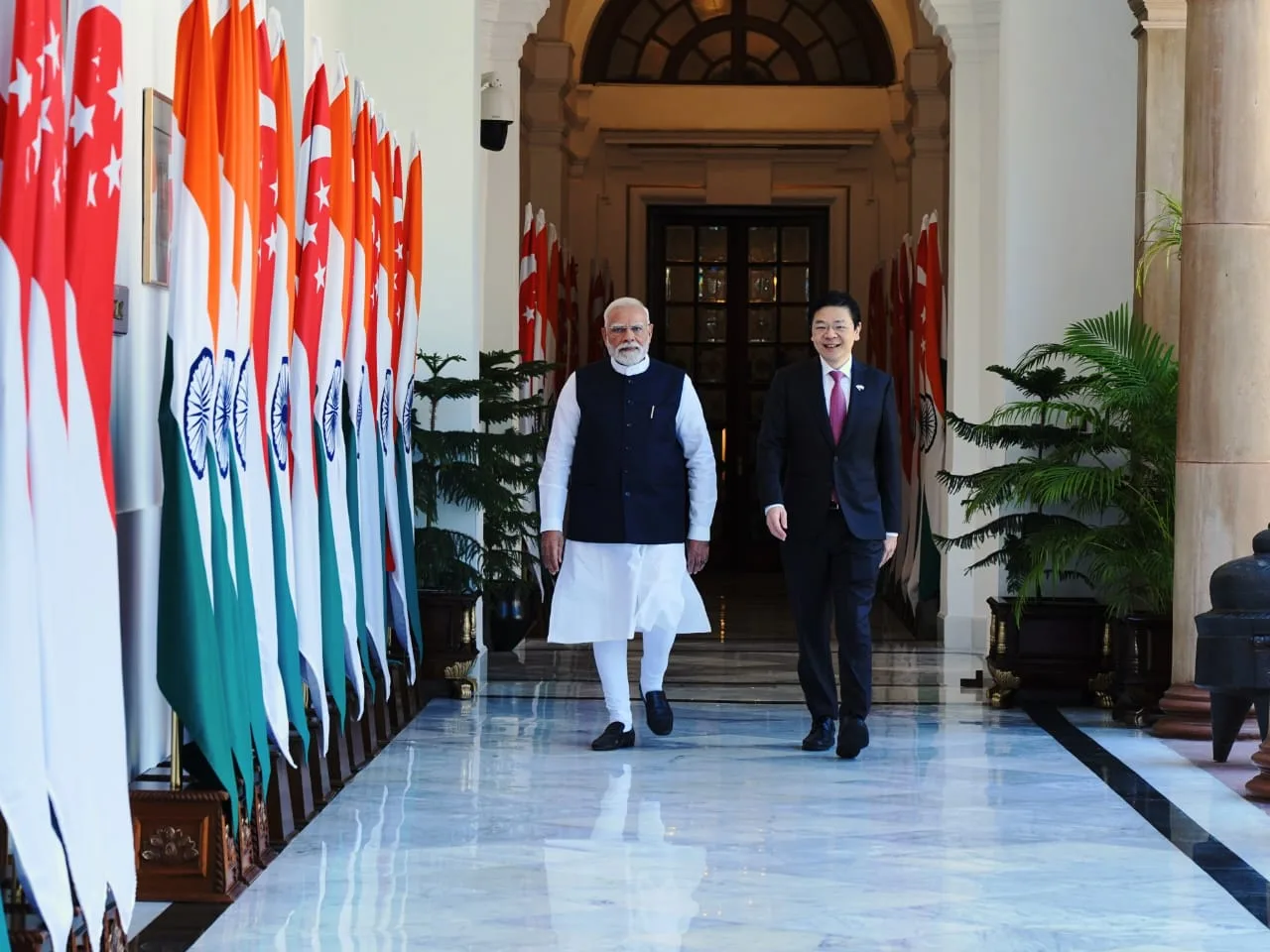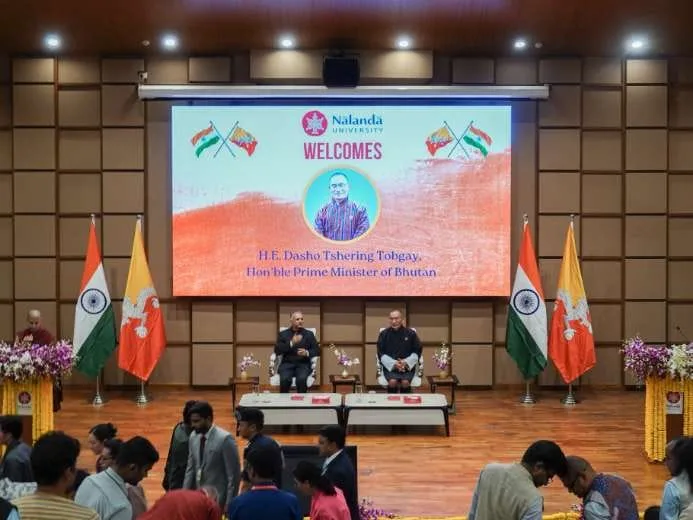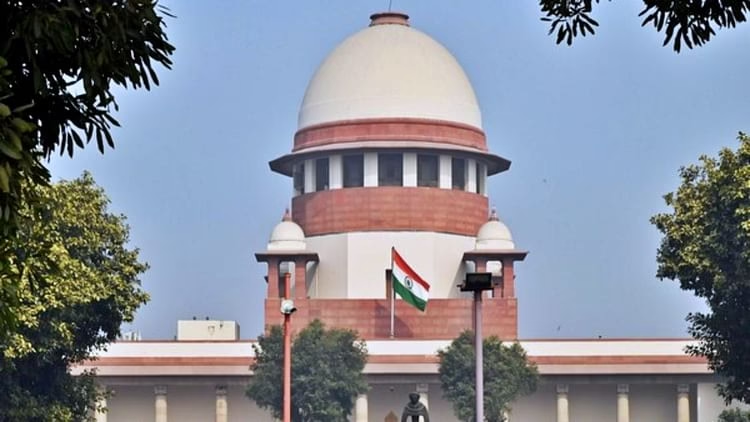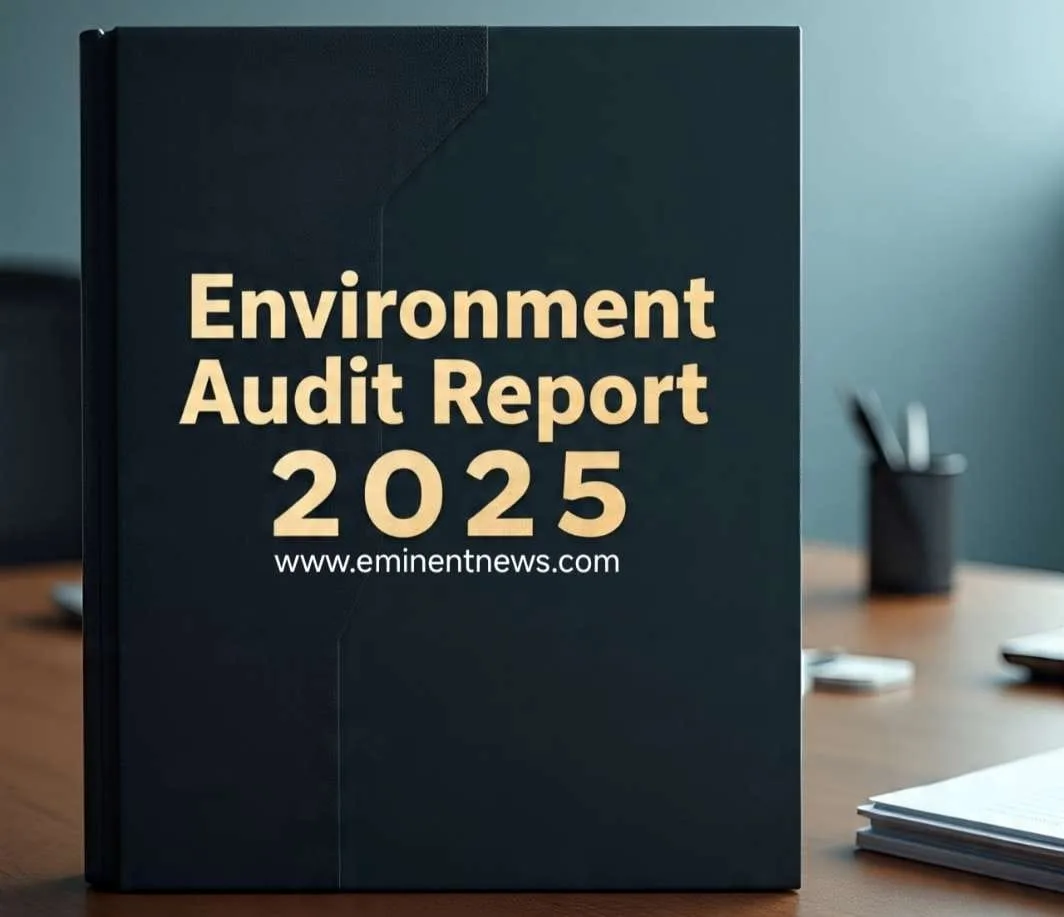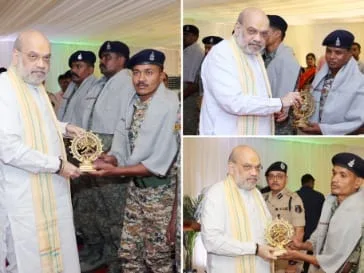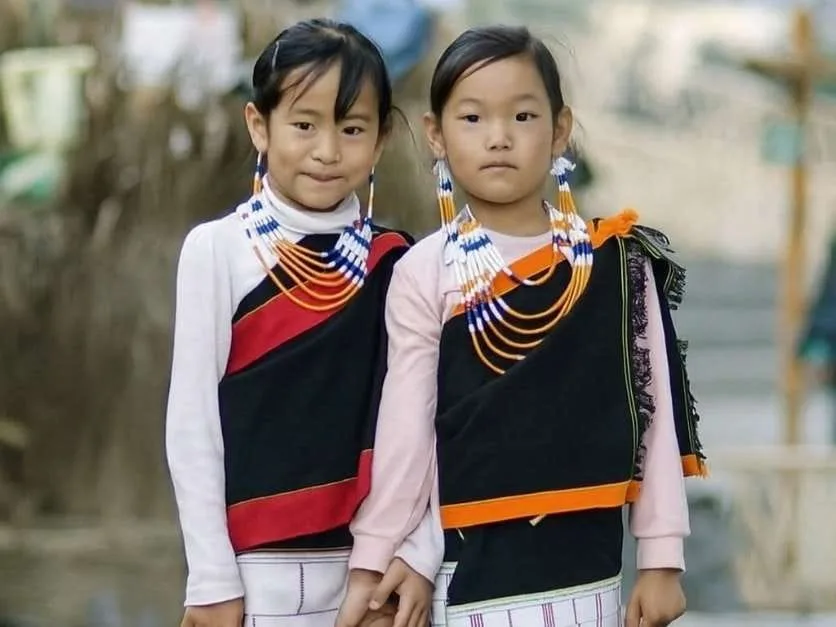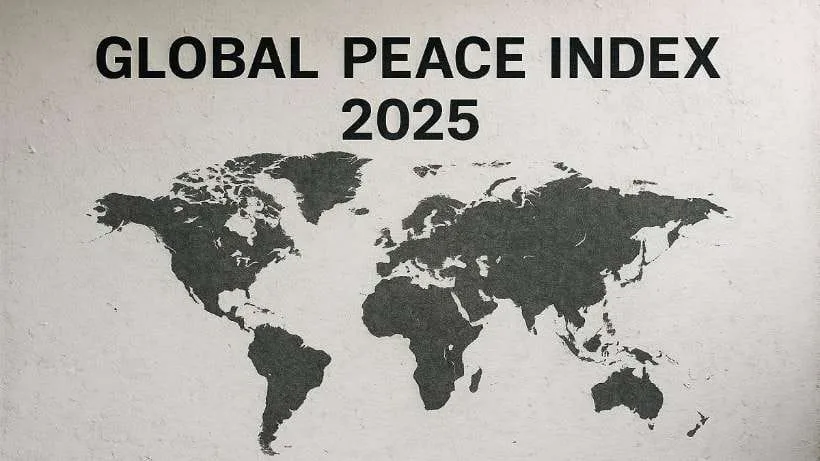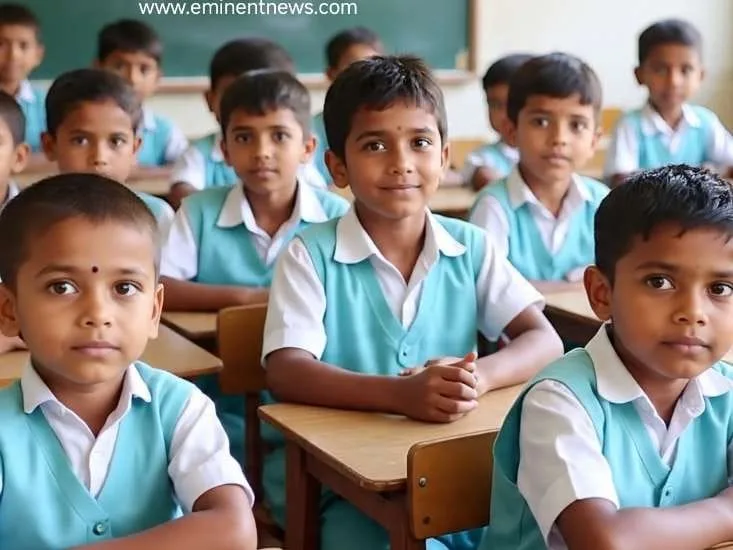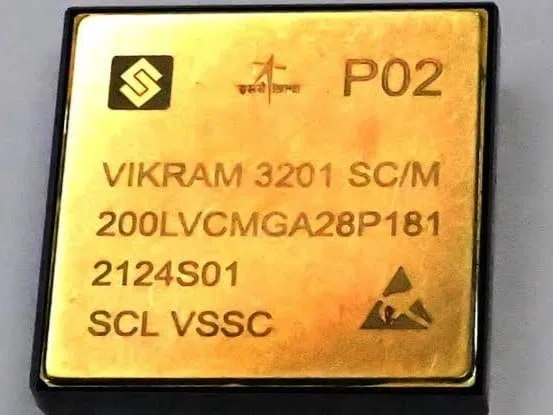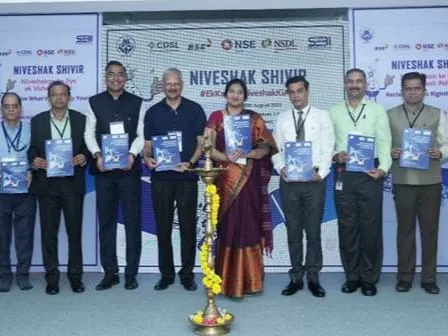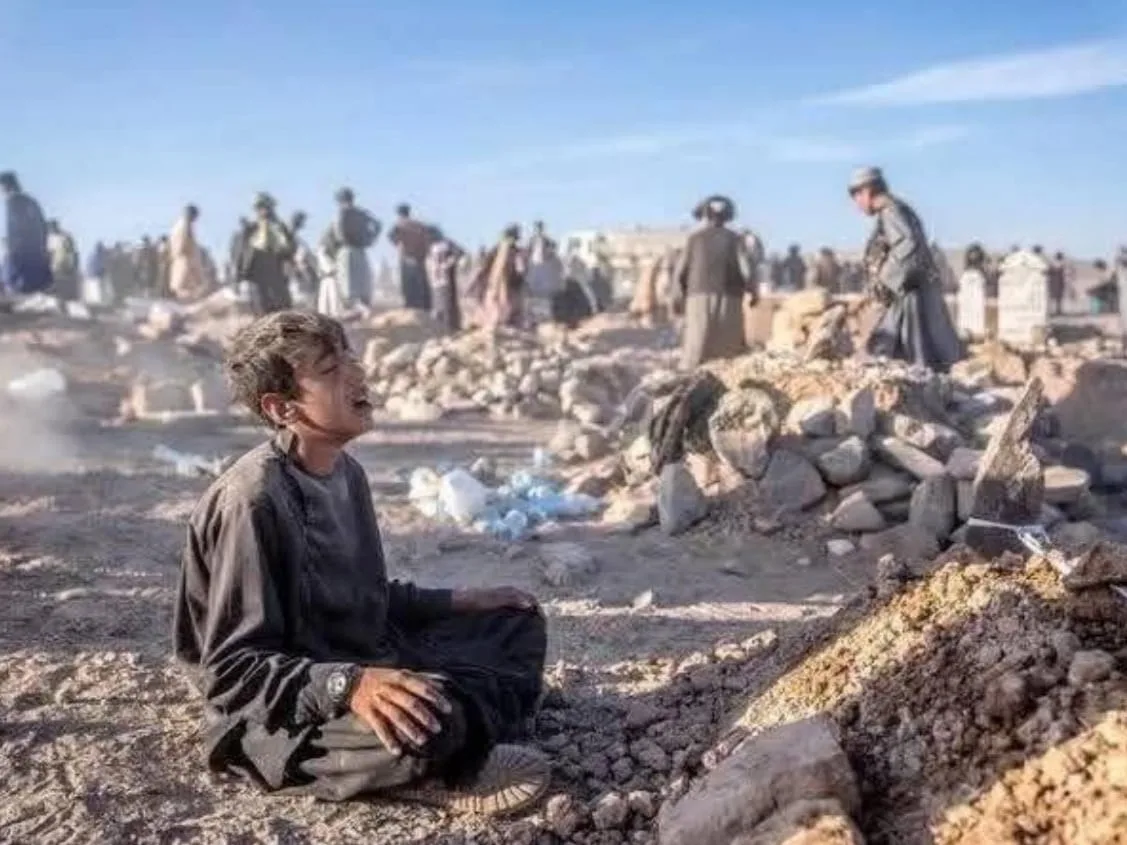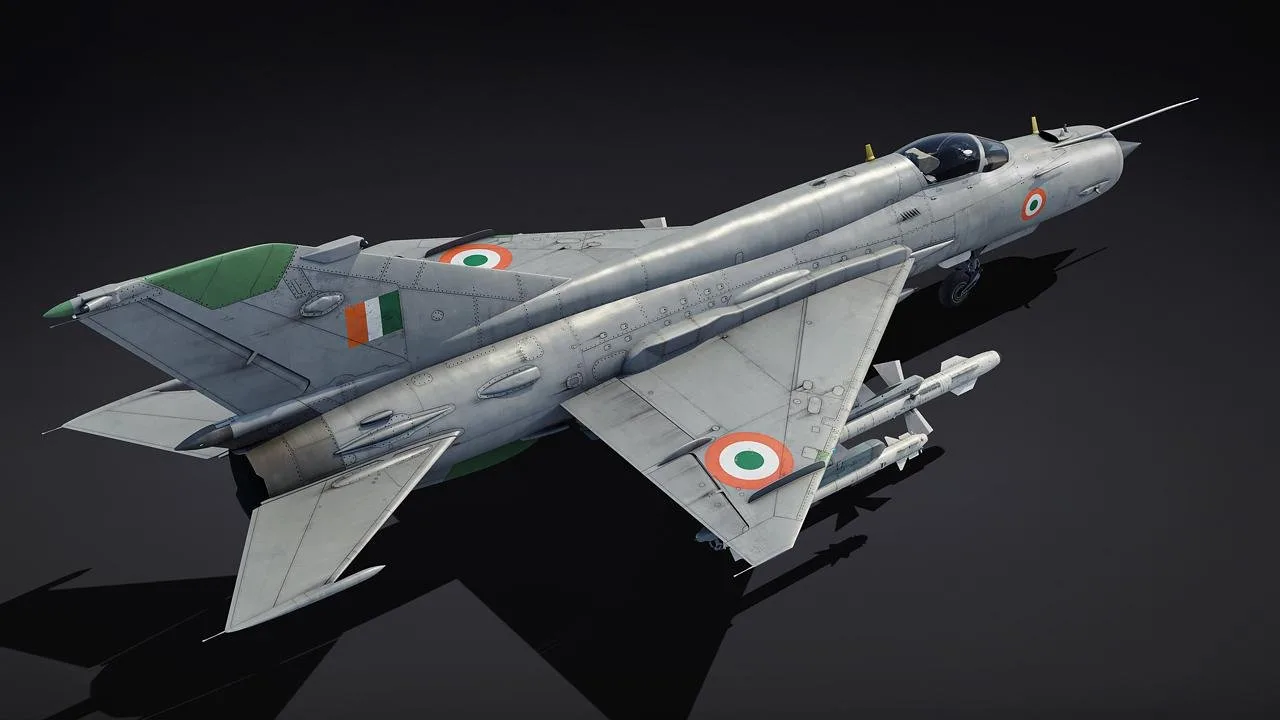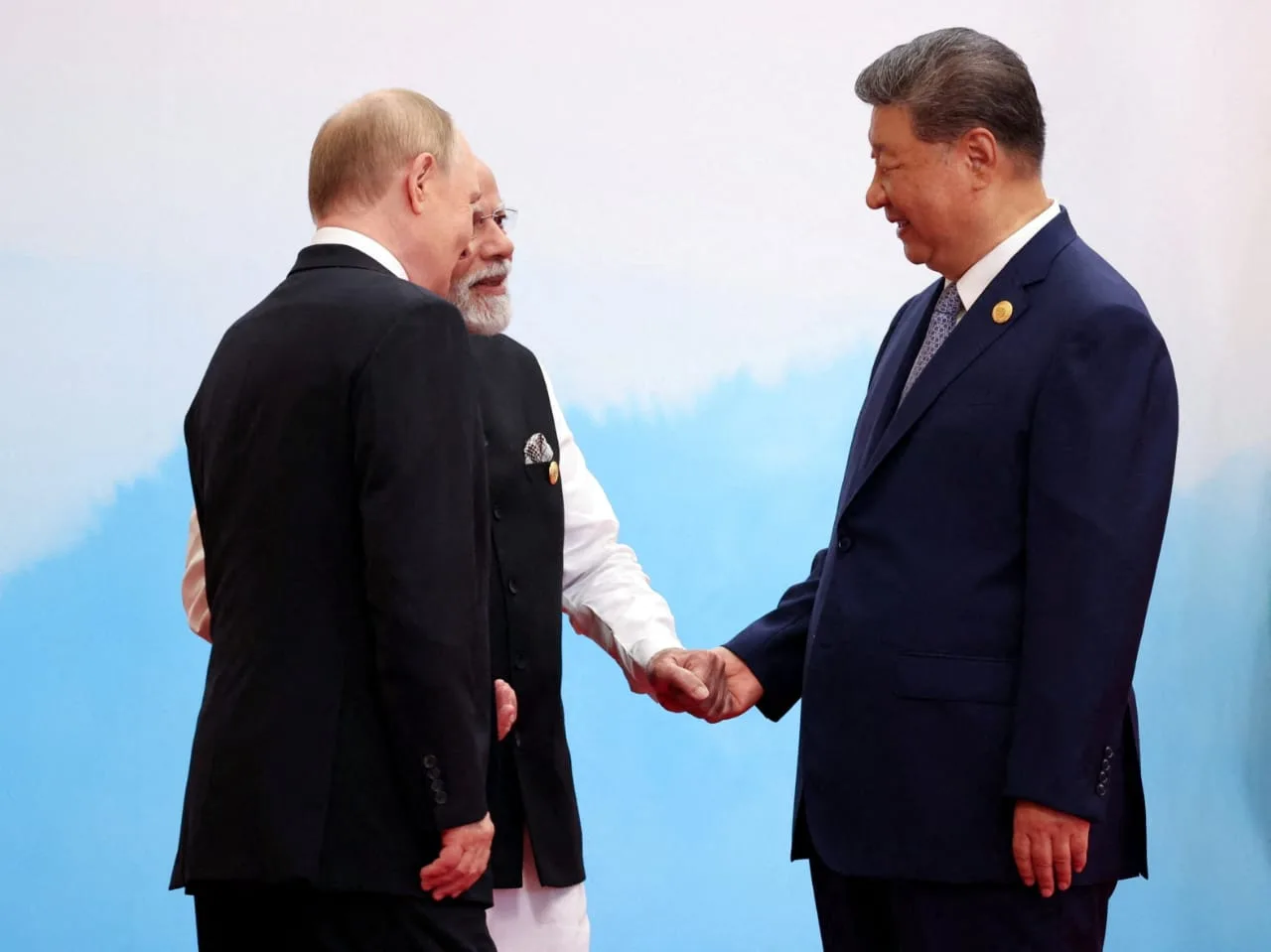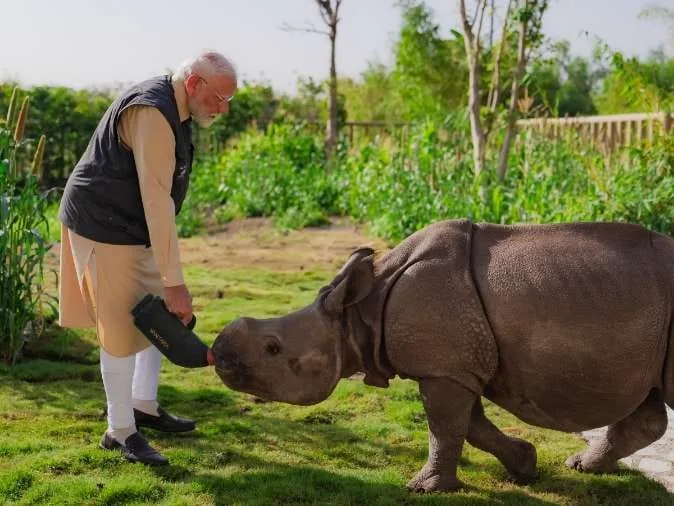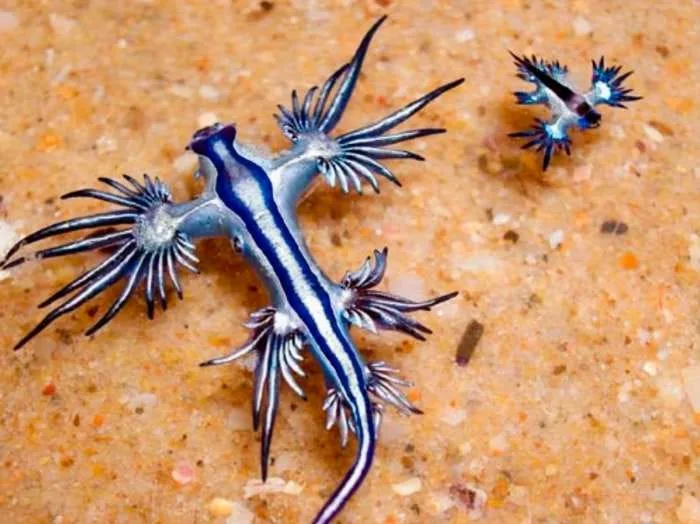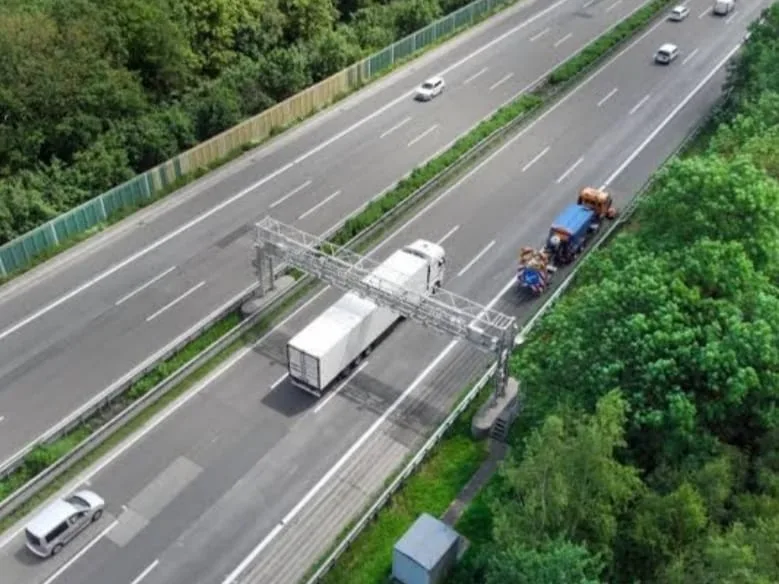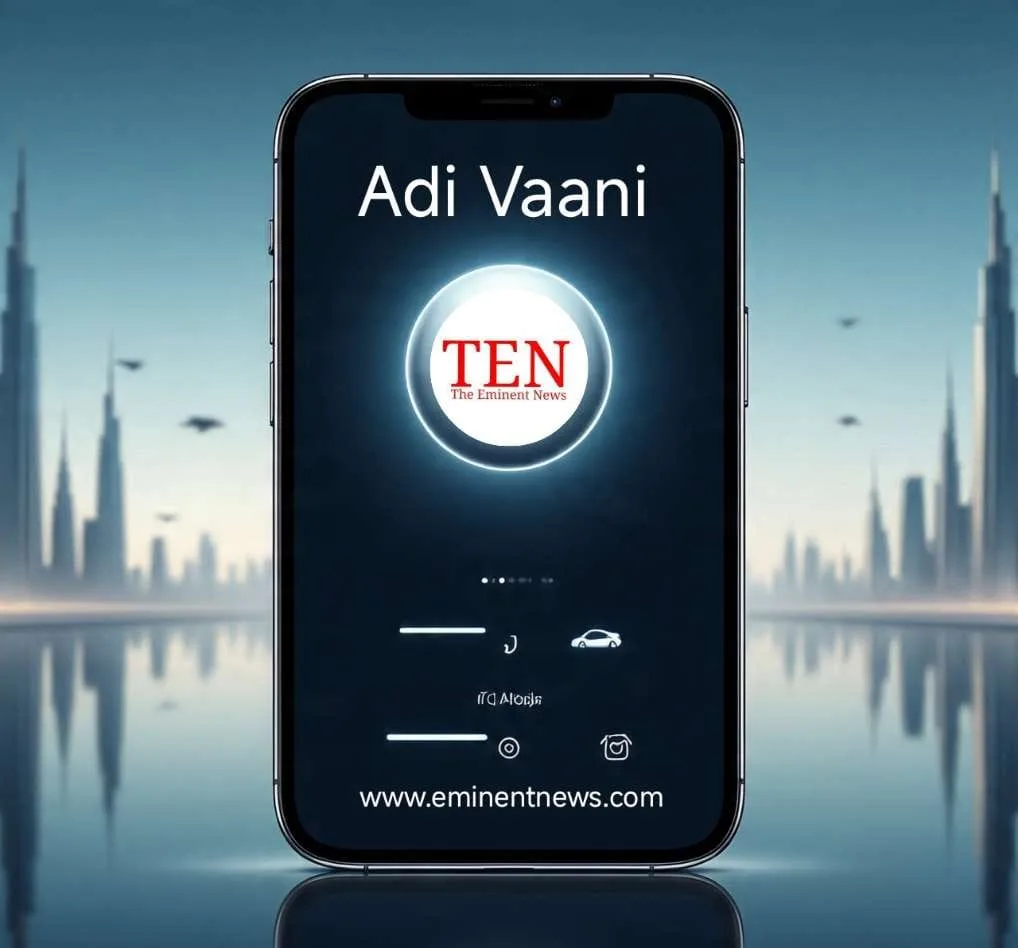In April 2025, India and Bhutan continued their traditionally strong relationship, marked by economic cooperation and development assistance .
Key aspects of India-Bhutan relations in April 2025:

- Economic Assistance: India remains a key development partner for Bhutan, providing significant financial assistance for its socio-economic progress .
- Trade and Transit: India is Bhutan’s largest trading partner . The India-Bhutan Treaty of Friendship guides trade relations, ensuring duty-free transit of goods .
- Hydropower Cooperation: Hydropower is a crucial aspect of the India-Bhutan partnership, with multiple joint projects contributing to Bhutan’s economy and providing clean energy to India .
- Connectivity: India is helping Bhutan improve its infrastructure, including roads and digital connectivity .
- Cultural Exchange: The cultural ties between India and Bhutan are strong, with shared religious and cultural heritage promoting people-to-people connections .
- Security Cooperation: India and Bhutan maintain close security cooperation .
Significance of the India-Bhutan relationship:
The India-Bhutan relationship is of significant importance due to its unique nature, characterized by deep trust, mutual respect, and a long history of close cooperation .
Key aspects highlighting the significance:
- Strategic Partnership: The relationship serves as a cornerstone of India’s “Neighborhood First” policy, emphasizing strong ties with neighboring countries for regional stability and prosperity .
- Economic Development: India is Bhutan’s largest development partner, providing substantial financial assistance for Bhutan’s socio-economic progress . Hydropower cooperation, in particular, is a significant revenue source for Bhutan and contributes to India’s energy security .
- Trade and Transit: India is Bhutan’s largest trading partner, and the Treaty of Friendship ensures duty-free transit of goods, facilitating trade and economic integration .
- Security: Both countries maintain close security cooperation, contributing to regional stability and addressing shared security concerns .
- Cultural and People-to-People Ties: The relationship is strengthened by deep-rooted cultural and people-to-people connections, fostered through shared religious and cultural heritage .
- Regional Cooperation: India and Bhutan collaborate on various regional forums, promoting common interests and contributing to regional development .
- Trust and Understanding: The India-Bhutan relationship is based on a high degree of trust and understanding, which allows for effective cooperation on a wide range of issues .
Historical events that shaped the India-Bhutan relationship :
Several historical events have significantly shaped the India-Bhutan relationship, fostering the close ties that exist today .
- British India Influence: Following a Chinese expedition to Tibet in 1910, Bhutan became a protected state of British India. A treaty allowed the British Raj to guide Bhutan’s foreign affairs and defense .
- Indian Independence (1947): Bhutan was one of the first countries to recognize India’s independence in 1947, which fostered close relations between the two nations . They signed a standstill agreement to maintain existing relations .
- Treaty of Friendship (1949): India and Bhutan signed the Treaty of Friendship on August 8, 1949, calling for peace and non-interference in each other’s internal affairs . Bhutan agreed to let India “guide” its foreign policy, and both countries would consult each other closely on foreign and defense matters . This treaty effectively made Bhutan a protected state, but not a protectorate, as Bhutan retained the power to conduct its own foreign policy .
- Chinese Annexation of Tibet (1950): The annexation of Tibet by Communist China in 1950 brought India and Bhutan even closer due to shared security concerns .
- Nehru’s Visit (1958): Indian Prime Minister Jawaharlal Nehru’s visit to Bhutan in 1958 reiterated India’s support for Bhutan’s independence . He declared that any aggression against Bhutan would be seen as aggression against India .
- Border Demarcation (1973-1984): India and Bhutan completed a detailed demarcation of their mutual border between 1973 and 1984, resolving most disagreements .
- Operations Against Insurgents (2003-2004): From 2003 to 2004, the Royal Bhutan Army conducted operations against anti-India insurgents of the United Liberation Front of Assam (ULFA), who had bases in Bhutan and used its territory to attack Indian soil .
- 2007 Treaty of Friendship: India renegotiated the 1949 treaty with Bhutan and signed a new Treaty of Friendship in 2007 . This new treaty replaced the provision requiring Bhutan to take India’s guidance on foreign policy with broader sovereignty and did not require Bhutan to obtain India’s permission over arms imports .
- Support for Democracy (2008): In 2008, India’s Prime Minister Manmohan Singh visited Bhutan and expressed strong support for Bhutan’s move towards democracy .
- Modi’s Visit (2014): Indian Prime Minister Narendra Modi chose Bhutan as his first foreign destination, inaugurating the Supreme Court Complex in Bhutan and promising help in IT and digital sectors .
- Order of the Dragon King (2024): In 2024, the King of Bhutan conferred Prime Minister Modi with the Order of the Dragon King, Bhutan’s highest civilian decoration, the first such award to a non-Bhutanese .
These events have solidified a bond of trust and cooperation, making the India-Bhutan relationship a unique model of bilateral relations .

